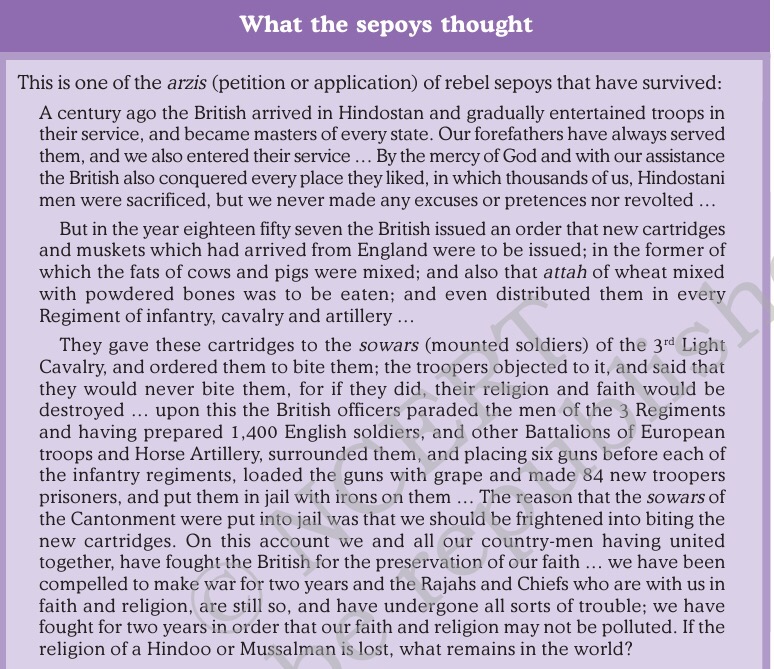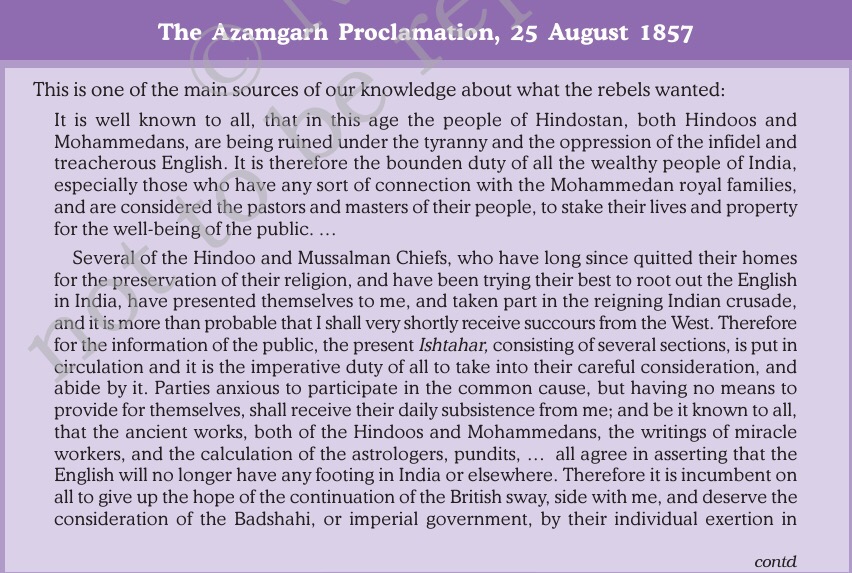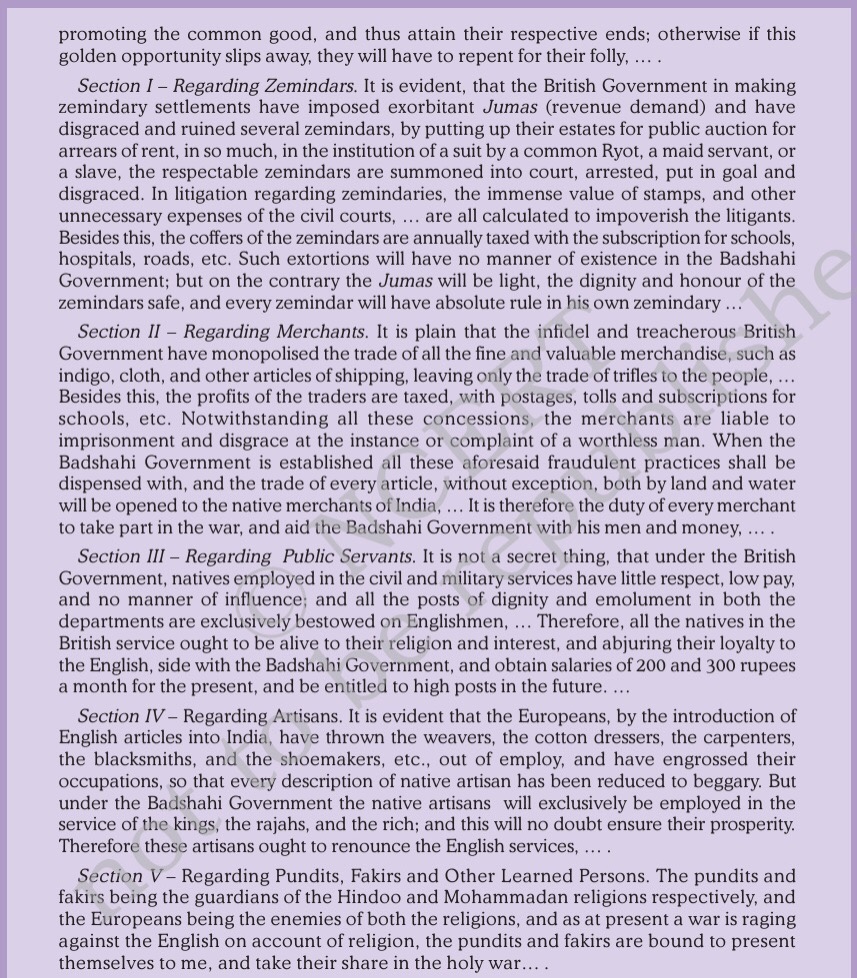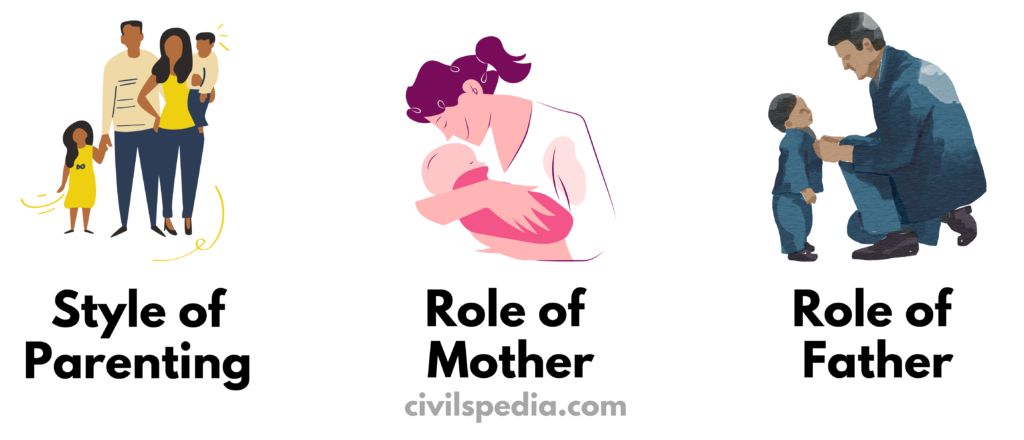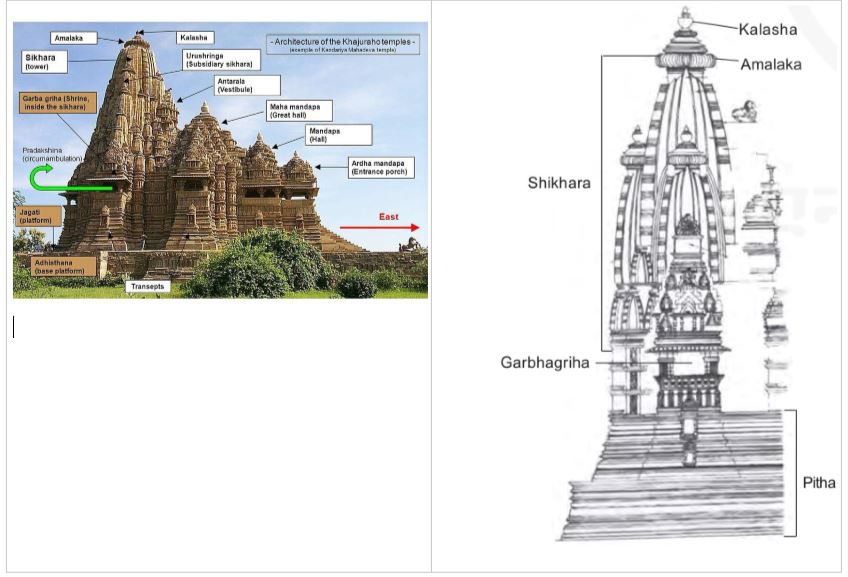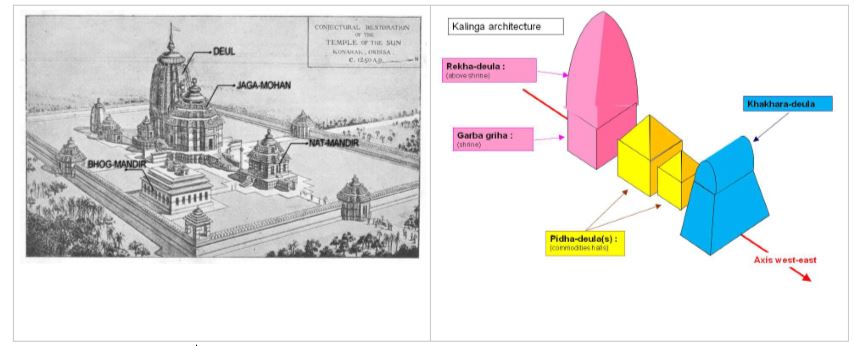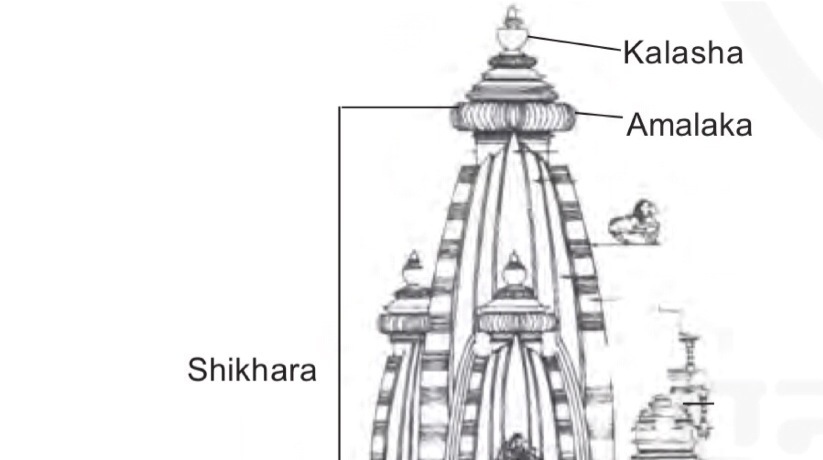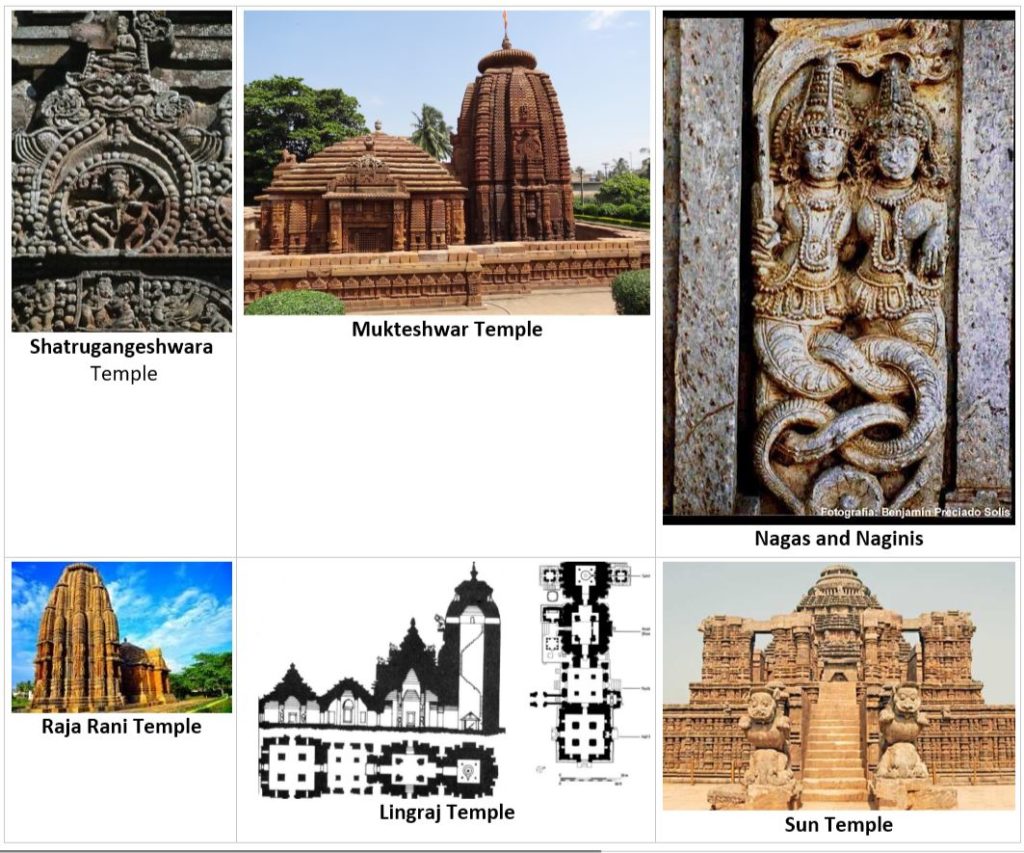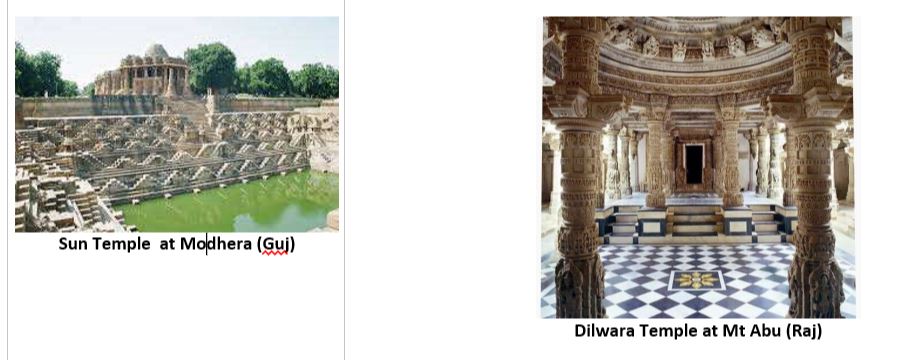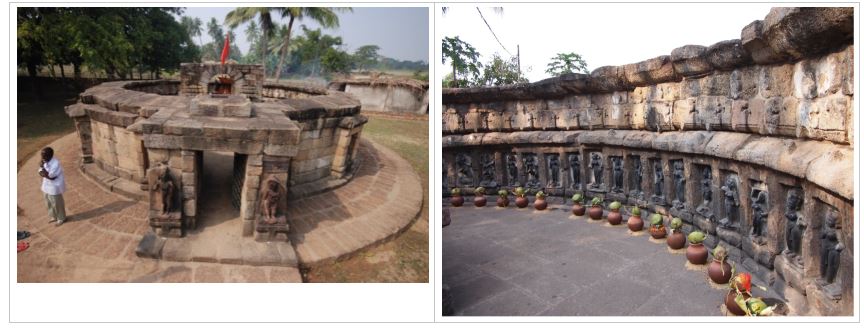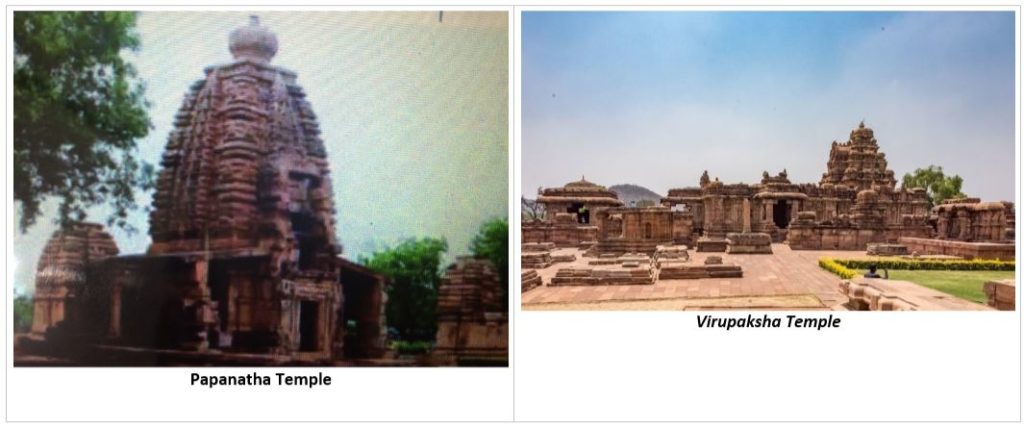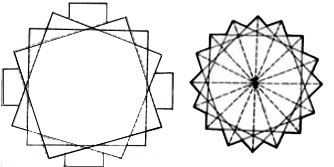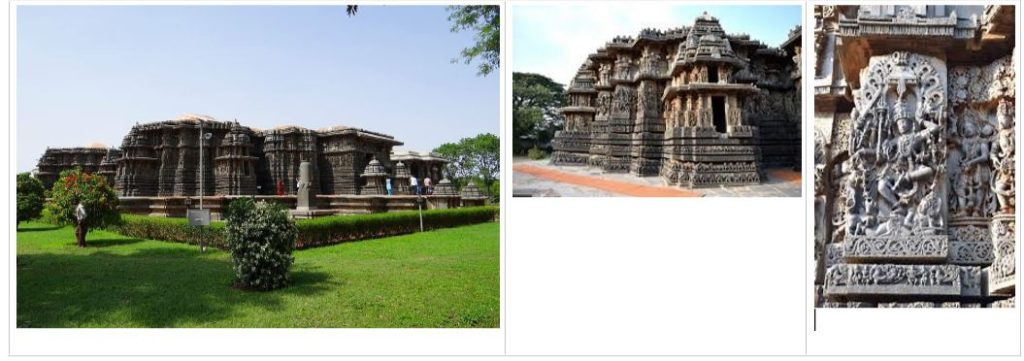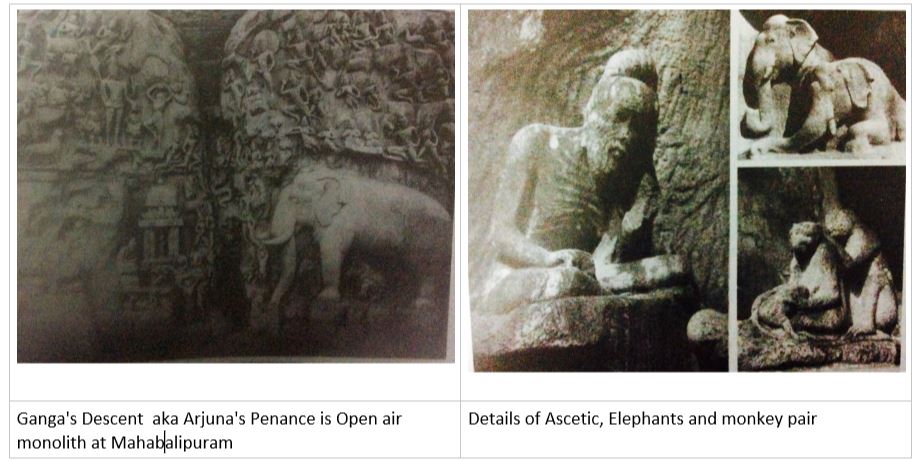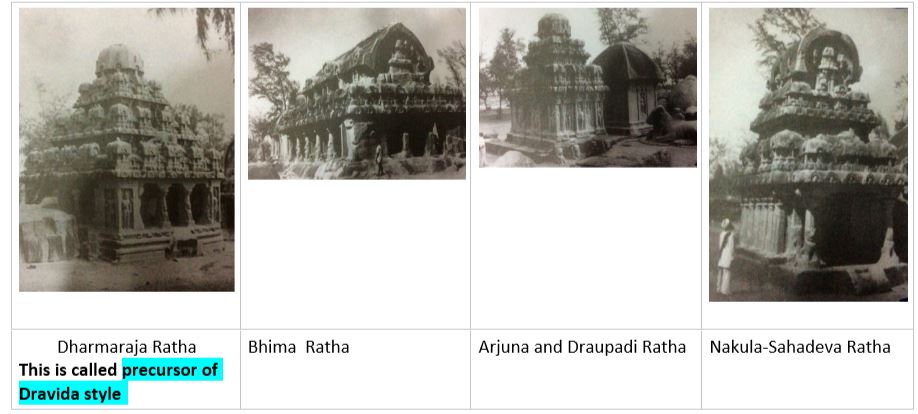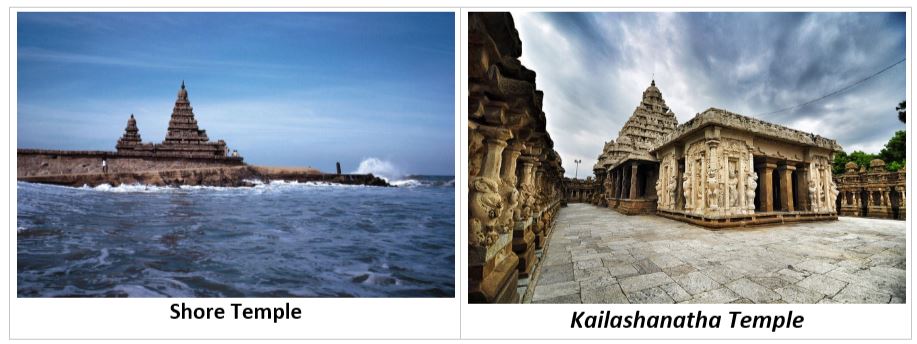Economic Critique
This article deals with ‘ Economic Critique – UPSC.’ This is part of our series on ‘Modern History’ which is important pillar of GS-1 syllabus . For more articles , you can click here
Economic Critique of Colonialism by Moderates
- Of national movement of all countries , Indian national movement was most deeply & firmly rooted in understanding of nature & character of economic exploitation & domination.
- Moderates were the first in the 19th century to develop an economic critique of colonialism. This critique was, also, perhaps their most important contribution to the development of the national movement in India .
- They raised basic questions regarding the nature and purpose of British rule & clearly understood the fact that the essence of British imperialism lay in the subordination of the Indian economy to the British economy .
- They were able to see that colonialism no longer functioned through the crude tools of plunder and tribute and mercantilisin but operated through the more disguised and complex mechanism of free trade & foreign capital investment.
- They did economic critique using following arguments
- Drain Theory
- Critique of Railways
- Deindustrialization of India
Main persons who carried out the process of Economic analysis of British Rule
1 . Dadabhai Naoroji
- Dadabhai Naoroji, the Grand Old Man of India.
- Born in 1825, he became a successful businessman but devoted his entire life and wealth to the creation of a national movement in India.
- Founded Dnyan Prasarak Mandali (Society for Promotion of Knowledge) in India during early age and then East India Association in London
- Made poverty his special subject and spent his entire life awakening the Indian and British public to the ‘continuous impoverishment and exhaustion of the country’
- Main proponent of Drain Theory
- Wrote book titled – Poverty & un-British Rule in India
- First Indian to become member of House of Commons on Liberal Party’s Ticket from Finsbury.
- Participated in International Socialist Council in 1904
- Put forward demand of self government & treatment of India like other British colonies
- Respected equally by both Moderates & Extremists
- Gokhale called him Gladstone of India
2. Justice MG Ranade
- Taught an entire generation of Indians the value of modern industrial development & said that if India is poor today it is through operation of economic causes
3. Romesh Chandra Dutt
- Retired ICS officer, published The Economic History of India at the beginning of the 20th century in which he examined in minute detail the entire economic record of colonial rule since 1757.
- Also explained Drain Theory in his book(written below)
Position of Indian Economy at time of European Arrival
- India was self sufficient
- India was self governing
- Village economy was self sufficient – whole economy was union of agriculture & handicraft
- Relationship with land was based on custom
Overall, economic system was very stable
In Mughal India, unlike medieval Europe, there was no sharp division between urban centres where industries were concentrated & the countryside which supplied primary produce. Industrial production in India continued to be a largely rural based activity.
But negative aspect of Indian economy
- Closed economy
- No mobility of labor
How pattern of trade changed after East India Company (EIC) became political power?
1 . Before EIC became political power
- East India Company (EIC) came as trading company
- Was using metals & their own goods in return of Indian Textile (not cotton) & spices . These items had huge demand In England . Huge profit was made after selling them.
- This trade was based upon the price differential between Asia and the rest of the world. That is European merchants bought goods at a low price in India and sold them for a much higher price in the European markets. The profits were based on the difference between the purchase price and selling price.
- As export increased , local ruler were earning too & they welcomed Britishers
- By 1664, the English EIC imported more than 7,50,000 pieces of cotton goods from India, which accounted for 73 % of total trade. In the following two decades the figure further increased to 1.5 million pieces with cotton textiles now contributing to 83 % of the total import value. This unprecedented growth of Indian textile imports into Europe was accompanied by a steady inflow of bullion into India from the buyer nations
- But Britishers in Britain were unhappy because of Indian cloth all around & put pressure on British government to do something . Law was passed forbidding Indian textile but Indian market was so huge that despite laws & huge import duty , Indian manufacturers held their foreign markets
2. After EIC became Political power
- Two important things changed all wrt India
- Industrial Revolution in Britain
- Battle of Plassey – East India Company controlled Bengal & Diwani Rights . They used this revenue to finance its Indian goods & no bullion from Britain was required. Even Indian revenue was used to finance their imports from country like China
- East India Company progressively abandoned free competition to secure its goods in the local markets. The producers of these goods were forced to supply their produce to the Company at low prices arbitrarily fixed by Company
- Up to 1753, the English Company depended on the Indian merchants to procure cloth: these merchants were called dadni merchants since they were the agency through which dadan or advance was given by the Company to the artisans or weavers. After the battle of Plassey the increasing political power in the hands of the English enabled them to make these merchants just commissioned agents . Finally, in 1789 the system of ‘direct agency’ was introduced, dispensing with Indian middlemen altogether.
Phases of Economic Exploitation of India
Did by ‘RP Dutt’ in ‘India Today’ (MFFC)
| First Phase | – 1757 to 1813 (monopoly of East India Company ended by Charter Act) – Period of Mercantilism – Direct plunder – Main principle was that British bullion wouldn’t be used to buy goods from other nations. Indian revenue was used for this . – Favorable balance of trade in favor of Britain – East India Company used its monopoly in trade along with coercive power of state to buy cheap and sell dear. |
| Second phase | – 1813 – 1858 (Company’s rule ended) – Classical age of free traders . – Industrial Revolution started in England & Industrial Capitalists needed a market to sell finished goods and get cheap raw material to produce finished goods at great pace . – Tools : Free trade policy and commercialization of agriculture – There was no import duty on finished goods in India and British markets were protected with high export duties charged on Indian goods (specially textile) . – India was becoming market of British textile & also became source of Raw material . |
| Third Phase | – 1858 – 1947 – Age of Financial Capitalism. – Investment in Britain was not much attractive and there was surplus capital in Britain . Hence, huge investment was coming through capitalists to make profits in India. – British capitalists were investing in India with guaranteed system (profit assured ) . Eg in Railways , investors were assured returns using Indian tax payers money |
Each stage developed out of conditions developed during earlier stage and different mode of colonial exploitation overlapped, old form of colonial exploitation never ceased but got integrated in to new pattern.
Deindustrialisation of India
- Refers to the process of a continued and marked industrial decline.
- Proportion of national income generated by industry & the % of population dependent on it are commonly used as quantitative measures of industrial growth or decline. Increase means industrialization & decrease means deindustrialization
- Indian nationalists used the destruction of Indian craft industries under early British rule to substantiate their point that India was being exploited under British rule. The nascent free trader group in Britain attacked the East India Company’s monopolistic control over India by criticizing the destruction of the country’s traditional crafts under the Company rule.
- Early nationalist economists such as R.C. Dutt and subsequently Madan Mohan Malaviya (in his dissent note at the Indian Industrial Commission) argued that India underwent de-industrialization; their evidence was statistics of import of manufactures, particularly import figures of Manchester made cotton cloth.
- In 1968, Essay by Morris David Morris challenged this arguing that increase in imports of cloth cant justify the De-Industrialisation Theory because there was not much direct evidence of the decline of India’s traditional industries and the nationalists had ignored the possibility of increase in demand curve for cloth in India. If we assume that there was an expansion in the domestic market for textiles in India because of the increase in the population of the country and the increase in the purchasing power of the people there would be little or no decline in traditional artisanal production. But Bipin Chandra and Tapan Raychaudhury strongly responded against this arguing that
- First of all these authors argued Morris had ignored a large body of evidence about the decline in traditional handicrafts and the economic position of the weavers which was easily available and scattered in a wide variety of sources ranging from government and famine reports to eye-witness accounts.
- Secondly domestic market could well have grown a little because of an increase in the population, but there was very little evidence to suggest that there was an increase in the per capita income of the country during the 19th century. In fact all the evidence pointed towards either a decline in the per capita income or stagnation
Causes of De-Industrialisation
- Forcible reduction of purchase prices in India was resorted to by the Company to increase the difference between its buying and selling price and consequently increase its trading profits.
- Import restrictions on Indian textiles in England with their market protected by heavy excise Duties.
- Flooding of Indian markets with cheap industry made cloth without payment of Custom duties .
- Fowler Commission artificially fixed exchange of ₹ high at 1 Shilling 4 Pence to make Indian exports uncompetitive
- Decline of Indian rulers and princes
- New Middle Class had taste for British goods and clothes.
- Expansion of Railways : Cheap factory made products could reach to hinterland easily.
- The income of weavers and spinners were drastically reduced, thereby restricting any possibility of capital accumulation and technological innovations in this traditional industrial sector.
Attitude of Nationalists towards foreign Capital
In 1899, Lord Curzon said that foreign capital was ‘a sine qua non’ to the national advancement’ of India.
But Nationalists were firmly against the investment of foreign capital in India
- They wanted that industrialisation of India should occur but not through foreign capital but Indian Capital . They saw foreign capital as an unmitigated evil which did not develop a country but exploited and impoverished it .
- The key to India’s development could only be industrialisation with Indian capital, while investment of foreign capital meant drainage of wealth through expatriation of profit.
- What mattered in the case of foreign trade, was not its volume but its pattern or the nature of goods internationally exchanged and their impact on national industry and agriculture. And this pattern had undergone drastic changes during the 19th Century, bias being overwhelmingly towards export of raw materials and the import of manufactured goods.
Foreign capital has economic as well as political implications
| Economic | – Instead of encouraging and augmenting Indian capital, foreign capital replaced and suppressed it, led to the drain of capital from India and further strengthened the British hold over the Indian economy. – To try to develop a country through foreign capital, was to barter the entire future for the petty gains of today. |
| Political | – Penetration of a country by foreign capital inevitably led to its political subjugation. – Foreign capital investment creates vested interests which demands security for investors and, therefore, perpetuate foreign rule. |
To quote Dadabhai Naoroji , “materially” British rule caused only “impoverishment”; it was like “the knife of sugar. That is to say there is no oppression, it is all smooth and sweet, but it is the knife, notwithstanding. “
Critique of Railways
- Railway represented not economic development but colonisation & underdevelopment . Railways had not been coordinated with India’s industrial needs.
- Objective of setting up railway was quite clear
- Enable imported English manufactured good to reach interior of the country
- Facilitate the collection and export of raw materials and agricultural goods from the interior
- Allow an opportunity for the investment of English capital in railway companies operating in India
- Mechanism of administrative control through rapid movements of troops and faster communication network.
- To serve the first two objectives, it would also be convenient to have a rate of freight charges which would allow cheap transport of manufactured goods from port cities to the interior & of agricultural products from the interior to port cities. Opposite operation charges were high .
- The railway companies were set up in England as joint stock companies. In order to encourage investors and bring confidence in them ,assured 5% interest was offered to them . This was ‘Guaranteed interest contract‘ with right to pull money any time
- The companies were given free land with ninety-nine years lease, after the expiry of which the line would become government property. But any time before that – even a few months before the expiry of the lease-the companies could return the lines to the government and claim full compensation for all capital expended. In other words, they could enjoy 5 per cent guaranteed profit for ninety-eight years and then get back all their capital. This made the railway projects, as Sabyasachi Bhattacharya describes them, “an instance of private enterprise at public risk“.
- State started to feel the heat after 1869 as the fiscal burden of bearing the cost of guaranteed profits of private companies increased due to depreciation in the value of rupee and rise in interest rates on govemment borrowings abroad. State started direct construction by engaging engineers in some places & shifted from ‘broad-gauge’ system to ‘metre-gauge’ to cut down the expenditure of govemment on railway construction. In case of private investors, Guaranteed Interest was reduced to 4%.
- The outcome was not good for India in a number of ways
- A government guarantee of interest means that irrespective of profit or loss the interest had to be paid out of Indian tax payers’ money to the English investors. This encouraged over-expenditure
- The English railway companies imported into India engines, rail and the machinery and even the coal for the engines (coal was imported for a decade or so). In most other countries railway construction had encouraged auxiliary industries like the engineering industry, iron and steel production, mining etc (backward linkage’ effects). India was denied the benefit of such auxiliary industrial development too
- As late as 1921, only 10% of the superior posts in the railways were manned by Indians, so the diffusion of new skills also remained limited
- In certain cases the construction work disturbed ecology, subverted the natural sewage system, and in Bengal for example, created malaria epidemic in the nineteenth century
- Nationalists main objection was against the selection of Railway as priority area for such public investments, as many of them believed that irrigation would have been a more suitable area for such investment promising higher social benefits. For a colonial government looking for profits, there was obviously less incentive for investment in irrigation. Thus the railways, as it seems, did not encourage Indian economic development as it did in industrializing Europe.
Drain theory
- Main & first proponent of Drain theory – Dadabhai Naoroji ( The Poverty & Unbritish Rule in India )
- Large part of India’s capital and wealth was being transferred or ‘drained’ to Britain in the form of
- Salaries and pensions of British civil and military officials working in India,
- Interest on loans taken by the Indian Government,
- Profits of British capitalists in India,
- Home Charges or expenses of the Indian Government in Britain (Secretary of State & India office in London created in 1858)
& from these India got no economic or commercial return
- According to the nationalist calculations, this drain amount to one-half of government revenues and over one-third of India’s total savings. The drain was the basic cause of India’s poverty and the fundamental evil of British rule in India.
- In Naoroji’s calculation this huge drainage amounted to about £12 million per year.
- R.C. Dutt made the drain the major theme of his Economic History of India. He protested that “taxation raised by a king, says the Indian poet, is like the moisture sucked up by the sun, to be returned to the earth as fertilising rain; but the moisture raised from the Indian soil now descends as fertilising rain largely on other lands, not on India. So great an Economic Drain out of the resources of a land would impoverish the most prosperous countries on earth “
- Moreover, the drain theory had the great political merit of being easily grasped by a nation of peasants. Money being transferred from one country to another was the most easily understood of the theories of economic exploitation, for the peasant daily underwent this experience vis-a-vis the state, landlords, moneylenders, lawyers and priests.
- This theory was supported by Gandhi later on
Note – Many Indians, too, were subordinate beneficiaries and agents of colonial exploitation, and the nationalists generally ignored this. Nationalist opinion also usually refused to concern itself with the plight of Indians working in Indian-owned factories, in sharp contrast to that of those employed by foreigners, for whom (as for the Assam coolies) humanitarian sentiments were often expressed.
Result of Economic Critique
- The nationalist economic agitation gradually undermined moral foundations challenging the whole concept of paternalistic imperialism of British rule in India. It corroded popular confidence in the benevolent character of British rule
- The economic development of India was offered as the chief justification for British rule by the imperialist rulers and spokesmen. The Indian nationalists controverted it forcefully and asserted that India was economically backward precisely because the British were ruling it in the interests of British trade, industry and capital, and that poverty and backwardness were the inevitable results
- They cut at the political roots of the empire and sowed in the land the seeds of disaffection and disloyalty . This was one of the major reasons why the period 1875 to 1905 became a period of intellectual unrest
The failure of moderate politics was quite palpable by the end of the nineteenth century and their future was doomed as the less sympathetic Torries returned to power in Britain at the turn of the century. Nevertheless, the moderates created a political context within which such an agitation was to develop later on.


